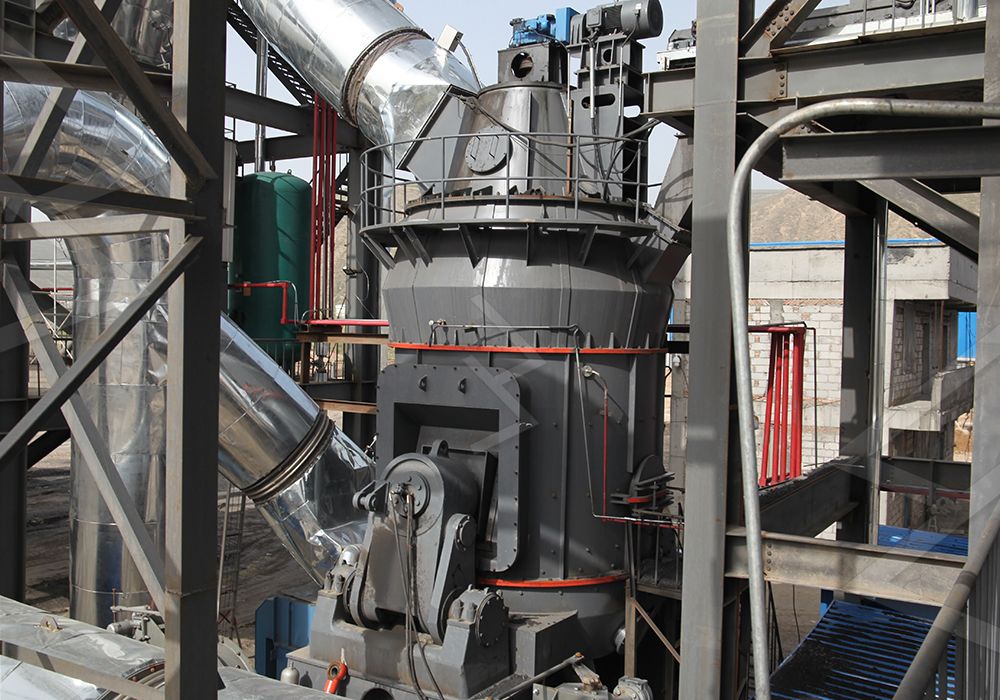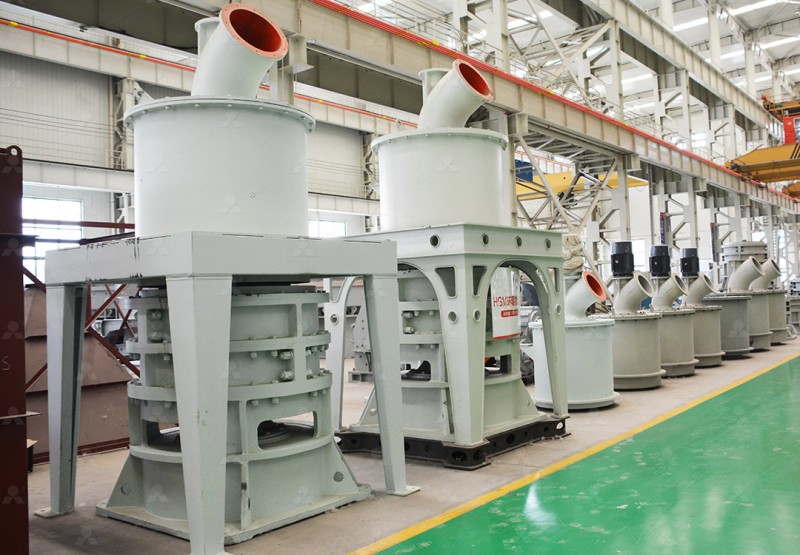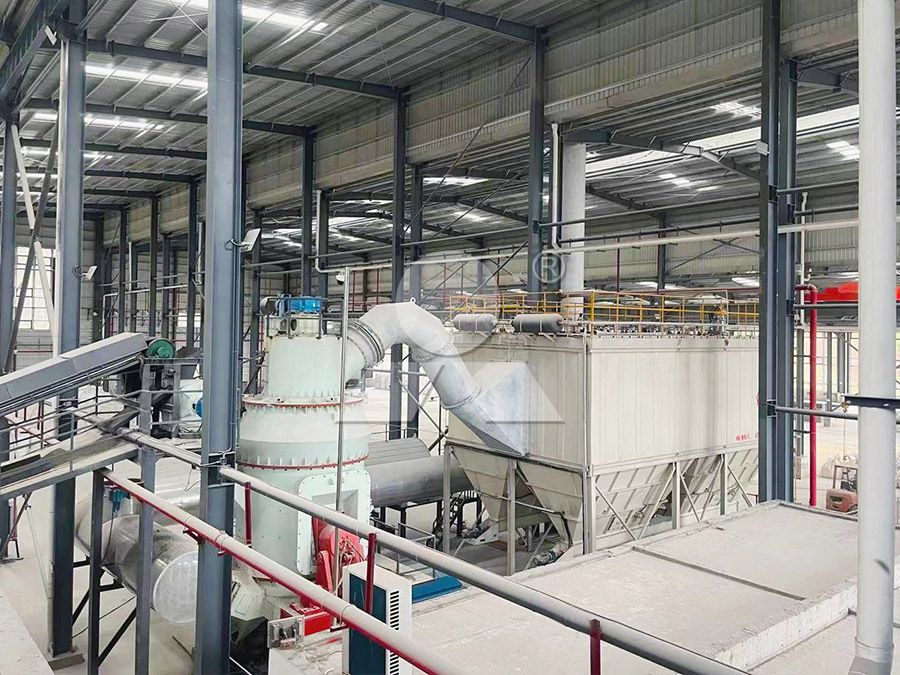How to Improve the Efficiency of Vertical Roller Mill Grinding
How to Improve the Efficiency of Vertical Roller Mill Grinding
Vertical roller mills have become the backbone of modern mineral processing operations, offering significant advantages over traditional grinding systems. However, achieving optimal efficiency requires careful attention to operational parameters, maintenance practices, and equipment selection. This comprehensive guide explores practical strategies to maximize your mill’s performance while reducing operational costs.
Optimizing Operational Parameters
The key to efficient vertical roller mill operation lies in understanding the relationship between grinding pressure, classifier speed, and feed rate. Maintaining consistent bed depth is crucial for stable operation and efficient grinding. Operators should monitor the mill motor power and adjust the grinding pressure accordingly to ensure optimal particle-to-particle compression without excessive energy consumption.
Proper airflow management significantly impacts grinding efficiency. The air flow rate must be balanced to ensure adequate material transport while minimizing pressure drops. Insufficient airflow leads to material buildup and potential blockages, while excessive airflow increases power consumption without improving grinding performance.

Advanced Maintenance Strategies
Preventive maintenance is essential for sustained mill efficiency. Regular inspection of grinding elements, including rollers and table liners, helps identify wear patterns before they impact performance. Implementing a systematic wear monitoring program allows for predictive replacement of components, reducing unplanned downtime.
Lubrication system maintenance deserves special attention. Proper lubrication not only extends component life but also reduces friction losses that consume additional energy. Modern mills feature advanced lubrication systems that can be maintained without shutdown, enabling continuous operation.
Technological Innovations for Enhanced Performance
The grinding industry has seen remarkable technological advancements in recent years. Modern vertical roller mills incorporate sophisticated control systems that automatically adjust operational parameters based on real-time performance data. These systems optimize the grinding process while compensating for variations in feed material characteristics.
For operations requiring ultra-fine powder production, the MW Ultrafine Grinding Mill represents a significant leap forward. With an input size of 0-20 mm and capacity ranging from 0.5-25 tph, this machine delivers exceptional performance for customers needing to produce ultra-fine powder. The innovative design eliminates rolling bearings and screws in the grinding chamber, eliminating concerns about bearing damage or loose screws causing machine failure.

Material Handling and Feed Optimization
Consistent feed quality is fundamental to efficient mill operation. Variations in material moisture content, hardness, or particle size distribution can significantly impact grinding efficiency. Implementing proper pre-processing and blending strategies ensures a homogeneous feed material that allows the mill to operate at its design efficiency.
The moisture content of feed material requires careful control. Excessive moisture leads to agglomeration and reduced grinding efficiency, while overly dry material can cause dusting and separation issues. Modern drying systems integrated with grinding mills provide precise moisture control throughout the process.
Energy Efficiency Considerations
Energy consumption represents the largest operational cost in grinding operations. Several strategies can significantly reduce power usage while maintaining production rates. Optimizing the classifier operation to minimize recirculation of fine material reduces unnecessary grinding cycles. Additionally, maintaining proper grinding element geometry ensures efficient energy transfer to the material being processed.
The LUM Ultrafine Vertical Grinding Mill exemplifies energy-efficient design, reducing consumption by 30%-50% compared to conventional mills. Its unique roller shell and lining plate grinding curve design generates material layers more effectively, enabling high finished product rates through single-pass powder milling. The reversible structure simplifies maintenance operations, further enhancing operational efficiency.
Environmental Compliance and Dust Control
Modern grinding operations must address environmental concerns while maintaining efficiency. Advanced dust collection systems not only ensure regulatory compliance but also recover valuable product that would otherwise be lost. The MW Ultrafine Grinding Mill’s efficient pulse dust collector and muffler system effectively controls dust and noise, ensuring minimal environmental impact throughout production.

Frequently Asked Questions
What is the most common cause of reduced efficiency in vertical roller mills?
Worn grinding elements represent the most frequent cause of efficiency loss. As rollers and table liners wear, the grinding geometry changes, reducing the effectiveness of material compression and increasing specific energy consumption.
How often should grinding elements be replaced?
Replacement intervals vary based on material abrasiveness and operating hours, but most operations benefit from scheduled inspections every 2,000-3,000 hours with proactive replacement based on measured wear rather than time-based schedules.
Can vertical roller mills handle variations in feed material hardness?
Modern mills with advanced control systems can accommodate moderate variations, but significant changes in material characteristics may require adjustment of operational parameters to maintain efficiency.
What maintenance can be performed without shutting down the mill?
Several modern mills, including the MW Ultrafine Grinding Mill, feature external lubrication systems that allow maintenance without shutdown. Additionally, many control system adjustments and monitoring activities can be performed during operation.
How does the MW Ultrafine Grinding Mill achieve higher efficiency?
Through newly designed grinding curves of grinding roller and grinding ring, the MW Mill enhances grinding efficiency significantly. With the same fineness and power, production capacity is 40% higher than jet grinding mills and twice as large as ball grinding mills, while system energy consumption is only 30% of jet grinding mills.
